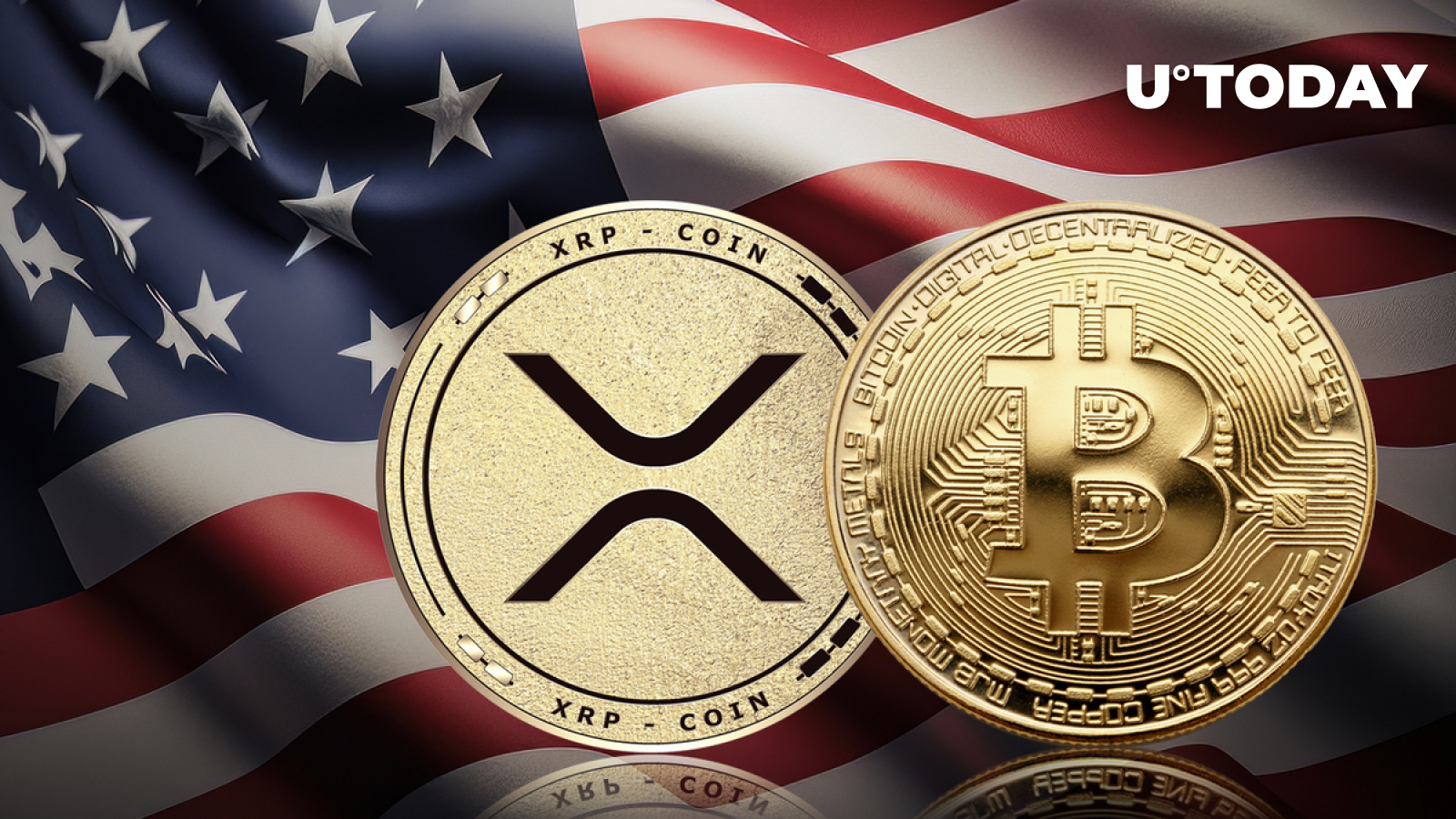Many stakeholders in the digital currency ecosystem have always bemoaned the lack of regulatory clarity for cryptocurrencies in the United States, but the tides appear to be changing. According to an update from Ripple developers featuring a video comment from the company’s CTO, David Schwartz, XRP is now the only digital asset with regulatory clarity in the United States, after Bitcoin (BTC).
This is a significant milestone in an industry that has faced massive regulatory pressure from the United States Securities and Exchange Commission (SEC) in the past few years. The nonsecurities status of XRP was defined by Judge Analisa Torres in the case between the firm and the market regulator.
According to Judge Torres, XRP is, in and of itself, not a security when sold to retail investors on secondary marketplaces. Despite the fact that the SEC does not agree with this verdict and is actively pursuing an interlocutory appeal on the ruling, the current status is that XRP is not an investment contract.
The clarity on the status of XRP has helped elevate trust and confidence in the digital currency. Besides the relisting of the asset on popular marketplaces like Binance.US, Coinbase and Kraken, more industry stakeholders are now exploring avenues to employ Ripple’s remittance technology, which utilizes the XRP token.
Riding the waves with Bitcoin
As the first prominent digital currency, Bitcoin has always enjoyed being tagged as a nonsecurity by executives of the SEC. The coin’s decentralized nature, and the absence of a central body responsible for its updates the way the Ethereum Foundation is for the Ethereum blockchain, has presented it as a free virtual currency devoid of any speculation.
With the markets regulator recently indicting the likes of Cardano (ADA), Solana (SOL) and Filecoin (FIL), among others, in its lawsuit against Binance and Coinbase, the status of XRP is now more appreciated than ever.
Read More: u.today









 Bitcoin
Bitcoin  Ethereum
Ethereum  XRP
XRP  Tether
Tether  Solana
Solana  USDC
USDC  Dogecoin
Dogecoin  Cardano
Cardano  TRON
TRON  Lido Staked Ether
Lido Staked Ether  Sui
Sui  Wrapped Bitcoin
Wrapped Bitcoin  Chainlink
Chainlink  Avalanche
Avalanche  Wrapped stETH
Wrapped stETH  Stellar
Stellar  Shiba Inu
Shiba Inu  Hedera
Hedera  Pi Network
Pi Network  Toncoin
Toncoin  Hyperliquid
Hyperliquid  Bitcoin Cash
Bitcoin Cash  Polkadot
Polkadot  Litecoin
Litecoin  LEO Token
LEO Token  USDS
USDS  WETH
WETH  Monero
Monero  Pepe
Pepe  Wrapped eETH
Wrapped eETH  Bitget Token
Bitget Token  Binance Bridged USDT (BNB Smart Chain)
Binance Bridged USDT (BNB Smart Chain)  Ethena USDe
Ethena USDe  Coinbase Wrapped BTC
Coinbase Wrapped BTC  WhiteBIT Coin
WhiteBIT Coin  Uniswap
Uniswap  Bittensor
Bittensor  NEAR Protocol
NEAR Protocol  Aptos
Aptos  Dai
Dai  Ondo
Ondo  Aave
Aave  OKB
OKB  Internet Computer
Internet Computer  Ethereum Classic
Ethereum Classic  Cronos
Cronos  BlackRock USD Institutional Digital Liquidity Fund
BlackRock USD Institutional Digital Liquidity Fund  Official Trump
Official Trump